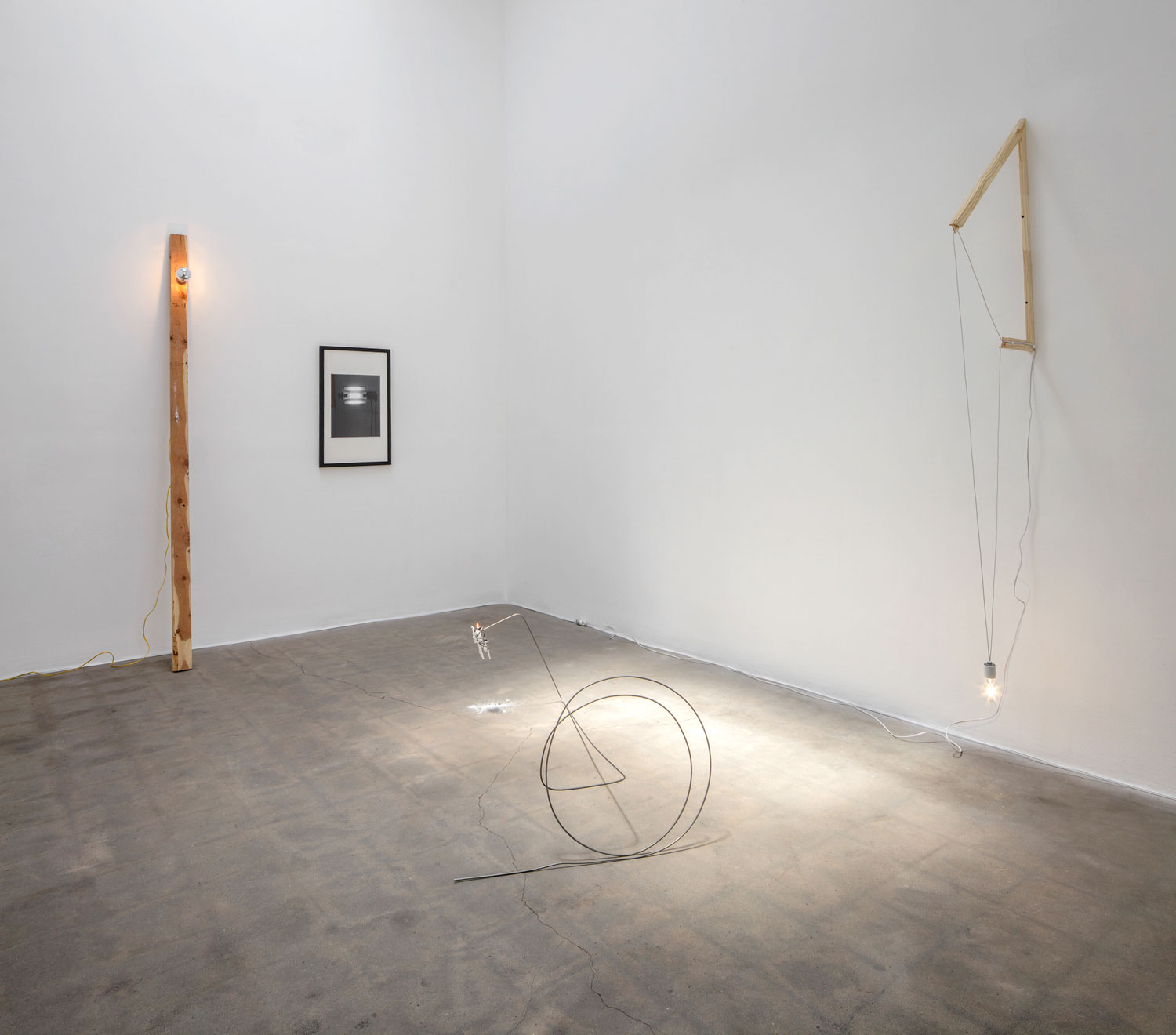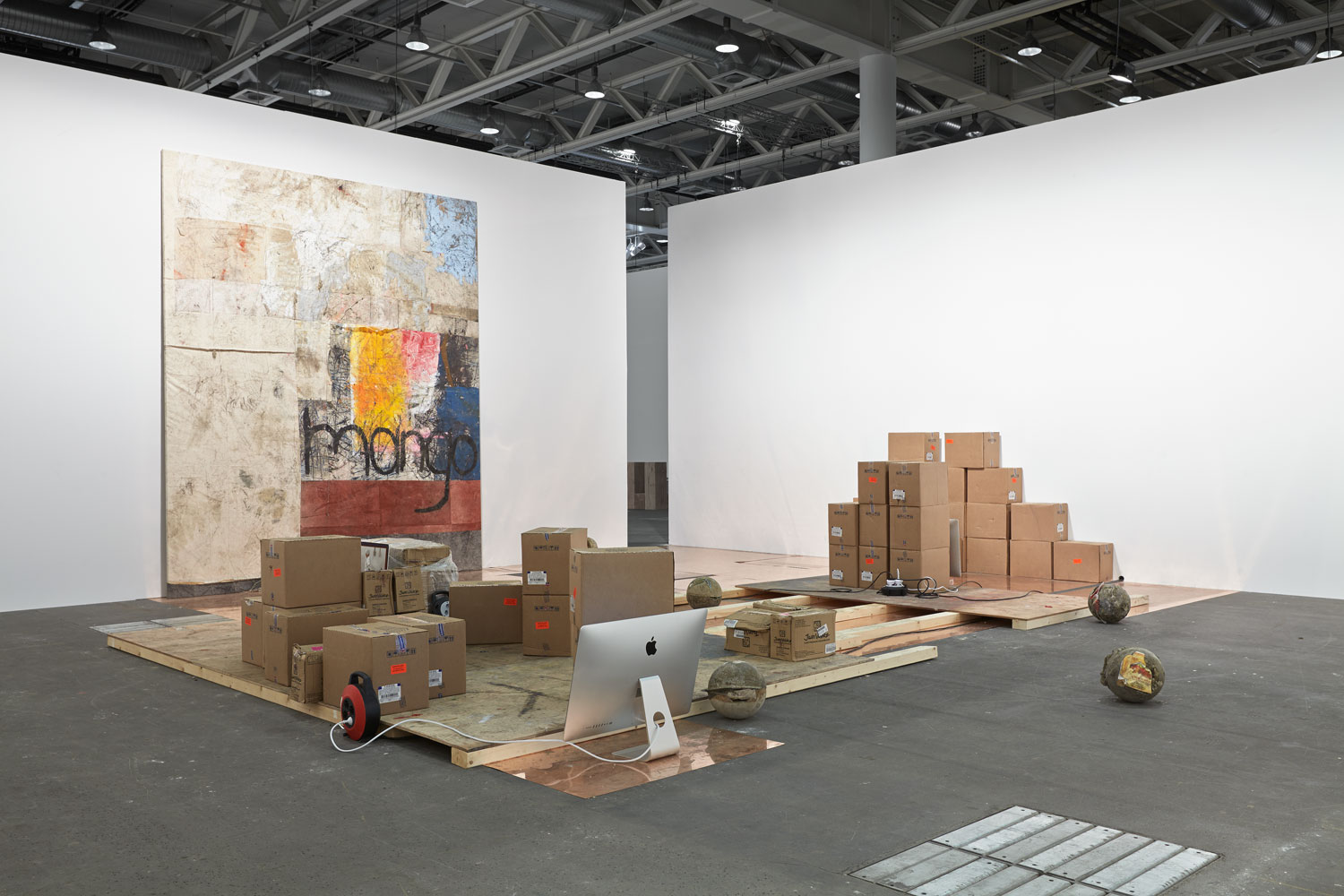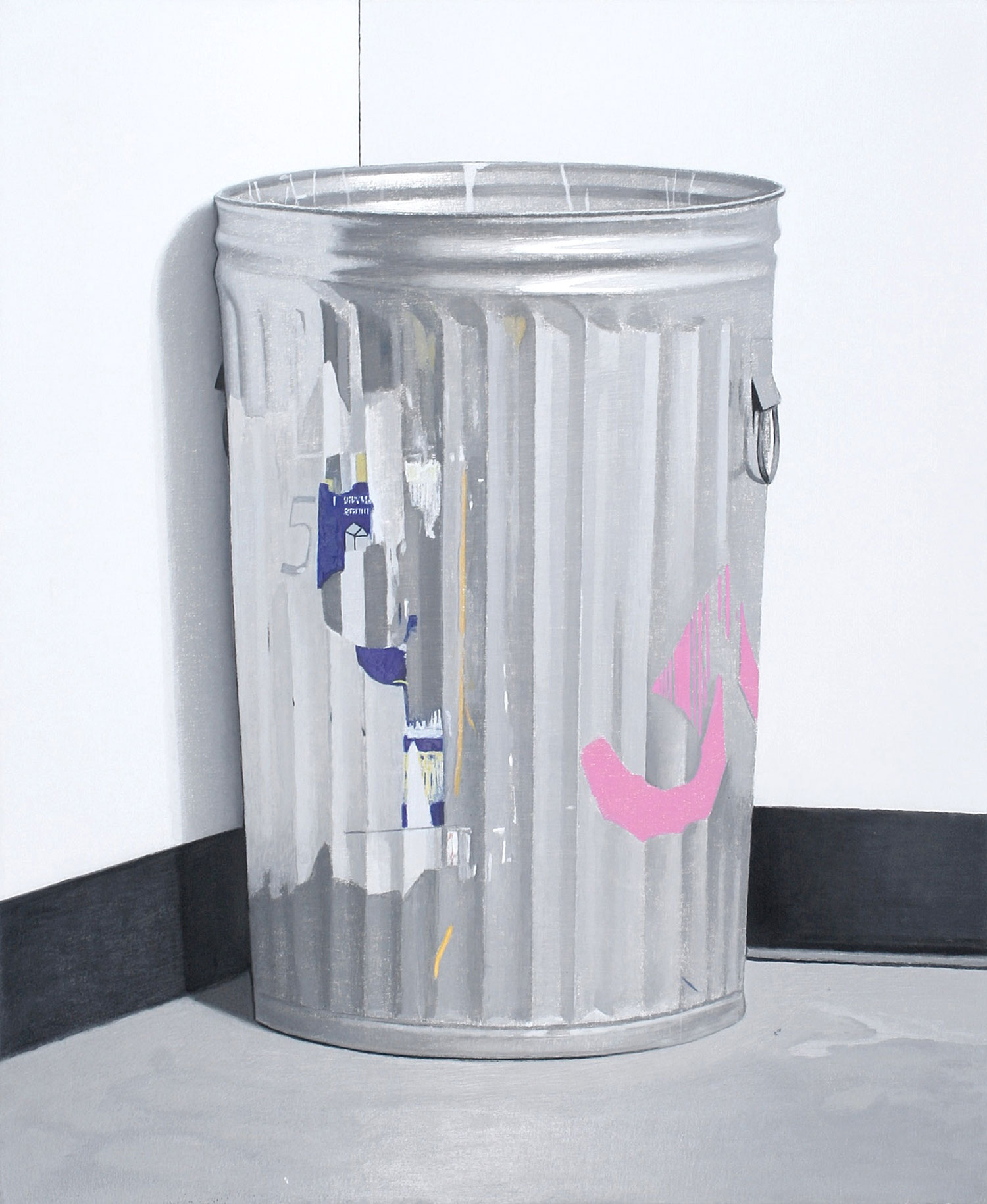
In 2006, on the very day that Sophie Calle received the call from Robert Storr inviting her to participate in the Venice Biennale, her mother told her that she did not have long to live: “I think I won’t be here anymore…” her mother told her. “She’ll be there,” thought Calle to herself.
The first part of the project is a trip to Lourdes, following the advice of fortune teller Maud Kristen (Où et Quand, Lourdes? [When and Where? Lourdes], 2008). Calle makes the pilgrimage, hoping for a resurrection that will never take place once breast cancer has taken her mother. With no precise idea about the work, Calle starts to film her mother before her death, in part motivated by the fear of not hearing what she will say at the moment of her death. Her “friendly camera” was a presence, a ghost of Sophie in her mother’s room, greeted by her mother with these words: “Finally.” She meant: “Finally I’ll be the subject of your work.” Calle points out: “My mother loved people talking about her.”
At the beginning, she recorded one tape over the other; then, tired of rewinding, she kept them all — eighty tapes, one hour each. Despite this attempt to record the last breath, the physical passage from life to death, nothing goes as imagined. Even though she is present when her mother dies on March 15, 2006, she does not manage to capture the exact moment of death. For eleven minutes, there is doubt. Even though her mother had asked her to put on Mozart for her final moments, the music starts too late it seems. It is “this impossibility of seeing death” that strikes her, as expressed by the title of the work: Pas pu saisir la mort [Couldn’t Capture Death] (2007).
This obsession with death has permeated her work since the beginning of her career. Consider the photographs of graves taken in California, which constitute her very first works as well as her taste for graveyards, such as Montparnasse, which she walked through on the way to school as a child.
It is Robert Storr, afterwards, who prompts her to realize a work based on her mother’s death. Calle then looks at the last tape, “the last breath,” and decides to exhibit it in a small installation in the Italian pavilion, with her mother’s obituary engraved in marble. If her mother has been present in a discrete way in some preceding works, such as Les Dormeurs [The Sleepers] (1979) — by occupying the artist’s bed with 29 other performers — or La Filature [The Shadow] (1981) — in which she asked a private detective agency to follow her daughter — she has become the central subject of a work only once she has “disappeared.”

Calle then departs for the North Pole, the place where Monique (her mother) had wished to go, to bury a diamond that she had given her, an heirloom from her grandparents. Hidden in the mountains to escape the Nazis during the Second World War, the grandparents had traded their Grenoble flat for this poor-quality stone, now buried in the pack together with Monique’s portrait (North Pole, 2009).
Then other works come along: The Graves (Father, Mother, Brother)(1990)are large photographs that lie on the earth like gravestones; there are about thirty Souci on different matters, from a series started in 2007, which culminated in a large exhibition in the basement of the Palais de Tokyo before its opening. In summer 2012, during the Festival d’Avignon, the Celestines Cloister — a wonderful location chosen by the artist — hosted this ensemble together with numerous new works such as the coffin-clock, in which the lace curtains, embroidered with the word “souci,” reinforce the intimacy of Pas Pu Saisir La Mort. But mostly this is Calle’s first time — the first time she has performed in front of such a large audience, even though her situational works have had a performative character since the beginning. She had recovered the personal diaries of her mother, sixteen notebooks dated from 1981 to 2000, but was unable to read them. The Avignon performance is the only way to become immersed in them. “Reading everything and not missing a page,” and not knowing what she will discover in them. She decides to read them in public, every day at different times, sitting on a small chair in a wall alcove. The sound is amplified through different parts of the building, so that viewers do not have to gather in front of her. The performance reveals banalities, pearls, but also difficult moments, as when Monique speaks of her turmoil, or makes comments on her daughter: “She is so morbid that she will come to my grave more often that she comes to see me in Rue Boulard,” she writes — which is quite the opposite really, since mother and daughter were very close. Her mother dreamt about writing. It was through her mother’s own words that Calle intended to remain with her longer. Monique was well aware of what would occur in case she gave her journals to her daughter. “Otherwise, I wouldn’t have dared,” stressed the artist, who had published a part of the intimate diaries from 1978 to 1992 as part of a book published by Xavier Barral.
In 1980, in his much-referenced work La Chambre Claire, notes sur la photographie [Camera Lucida: Reflections on Photography], Roland Barthes invoked his mother’s death and his inability to pick her out of family photos. He realized that he could not recognize her except in fragments, except for a snapshot of his mother, aged five, in the conservatory, which he said gave him “a feeling that was as safe as a memory” and unveiled her as she was, accomplishing the “impossible science of the unique being.” As usual, Calle links photography and text. But in Rachel, Monique… exhibited at Palais de Tokyo in 2010 and consequently at the Église des Célestins as part of the Festival d’Avignon in 2012, she introduces film, relics and performance. Her project’s goal was not really to remember how her mother was — as was Roland Barthes’s desire with respect to photography — but to create a public homage, to capture the passage from life to death, and also to represent death through film. Mostly, it was all about remaining in her mother’s presence, handling her loss — “It is not a morbid relationship, but a natural and lively one,” she stresses. This is done essentially through her mother’s words, even more so than the use of photography alone.

The word “souci” is repeated obsessively in paper, aluminum, lead, felt and hair, as if to retain her mother’s last word along with her intimate diary. As Sophie Calle states, photography for her does not happen without text. “I have very few ideas that are not related to texts; it seems that images are not enough for me. In my work, text is primordial; it is a sensual pleasure, even if I don’t feel I’m a writer at all, and therefore can’t give up images, photographs or films…” If the image exits, it is only by way of the literary imagination.
Rachel, Monique… is on the other hand the subject of a book, a unique work in Calle’s production, and one of the most sumptuous, realized with publisher Xavier Barral. The text is embroidered with a yellow thread and embossed on the cover, reinforcing the sense of the crucial dimension text has in the artist’s work; it then continues, recessed, on the cover page. A part of the personal diary is reproduced, with exceptional print quality, as well as Monique’s intimate photographs. The images and texts succeed each other in a dazzling rhythm. The book constitutes a work in itself, realizing in part the mother’s dream while entering the pantheon of the best artist’s books. Finally, somehow, it becomes part of a post mortem game, along with another text that Sophie Calle had begun with Paul Auster, in the form of a book called Double Game (1998), an entanglement of tales, a game of ping-pong between fiction and reality.
Right after her first performance, Calle realized her first film with no text, presented as a 14-film installation entitled Voir la Mer (2011). It was as if she wanted to go “elsewhere,” to contradict what had always been the core of her work. Text is then followed by silence and the sound of the sea. “In Istanbul, a city surrounded by the sea, I met people who never saw it. I filmed their first time.” Some Turks in Istanbul appear simultaneously on different screens, their backs toward the camera, discovering the sea, until they slowly turn back towards the camera, their faces moved, with a tear,or smiling. This work, uncluttered and restrained and extremely touching at the same time, marks a turning point in the work, or more simply, a necessary silence after so many words written, read, engraved, printed, stitched and repeated incessantly.
So the first time, finally, for the last time.





